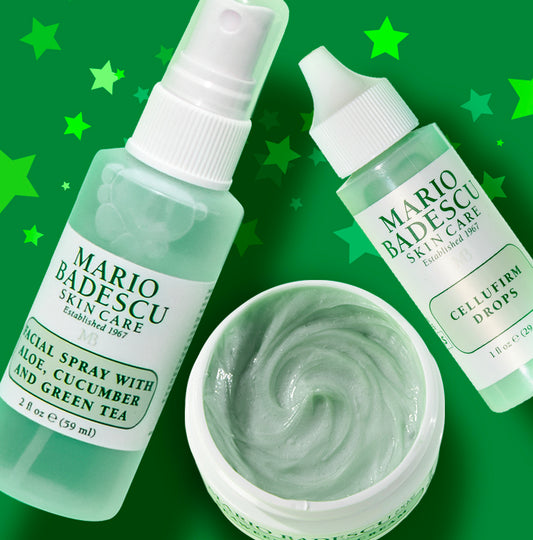1. They’ve been used for thousands of years. Cleopatra's use of masks is a famous example. She not only bathed in milk but also applied egg white masks to her face. Stories of facial masks made from a variety of natural ingredients—including mud from the Dead Sea—are found in nearly every ancient culture.
2. Masks are an excellent way to target specific issues such as acne and visible aging. I have a good friend in her 40s who is concerned about aging; she uses the Super Collagen Mask. Another friend of mine loves to alternate between the Drying Mask and the Healing & Soothing Mask to help clear her acne.
3. Many people fall asleep during a facial after the mask is applied. As an esthetician, I’ve performed a lot of facials, and naptime is virtually inevitable. Whether you’re left alone to meditate on your soon-to-be gorgeous skin or treated to a luxurious hand and arm massage, it’s this part of the facial when dozing off is most common.
4. Not every mask is meant to harden and dry on the skin. The Flower & Tonic Mask is made with Kaolin, and is intended to dry on the skin as it draws dirt and oil from the pores. Other masks (the Ginkgo Mask, for example) provide intense moisture and will not harden prior to removal.
5. You don’t have to use a mask on your entire face. Nor do you need to limit yourself to just one mask. If you never have acne on your cheeks or forehead, there’s no reason to use a mask designed for acne in those areas, is there? In fact, perhaps your cheeks are super-dry while you have acne on your jawline and neck. A different mask for those dry areas just makes sense.
*** Which mask are you using?



